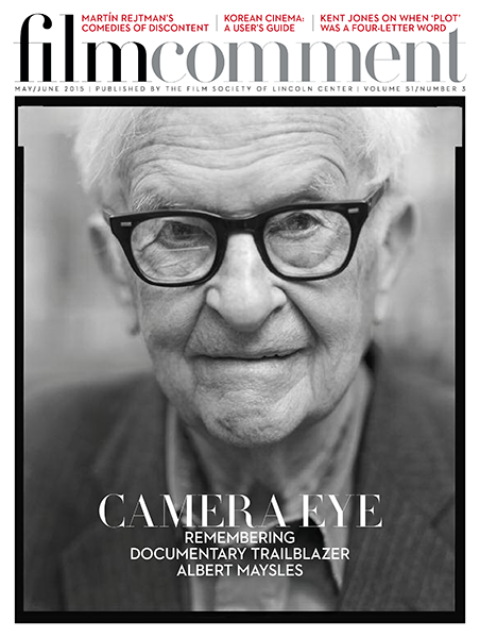Mr. and Mrs. Smith
Her introduction in Mr. & Mrs. Smith couldn’t be less innocent: the camera tracks in to the bed where she pretends to be sleeping, until it reaches an extreme close-up of her opening her eye and looking straight to the camera.
An Upper East Side wife who suddenly learns that her marriage isn’t legal, Carole Lombard’s character, Ann, becomes a conflicted, empty figure. Lombard and her magnetism fill this void with her modern persona and comedic genius: once she enters the frame, our eyes go straight to her, and cannot look away until she exits. She’s an actress who seems to be aware of herself acting, and who nurtures her talent from the joy of that self-consciousness, which is never ironic, but both lucid and abstract.
Look at how she underlines a panicked posture during the scene with the champagne bucket, waiting for her husband to tell her they are not legally wed. Or watch the vibrant combination of movements between eyebrows, eyes, and mouth, when she is trying too hard at having a lovely evening at the now rundown restaurant of the couple’s yesteryears.
In Mr. & Mrs. Smith, Lombard essentially plays a number of roles: she is a spiteful wife in the bedroom, a merry mistress in the ballroom, a working girl in a department store, and a passionate lover at a ski resort. All of these, for her husband’s eyes and ears and the audience’s pleasure.
But Mr. & Mrs. Smith introduces an ambiguity: consider the film’s approach to love in the context of married life. In the final scene of the film, Mrs. Smith tries to ski away from her husband by putting on her skis in their mountain ranch’s living room. This impossible action reveals her attraction toward both escape and entrapment, which yields as strong a metaphor as the famous final image of the pair of crossed skis.
Lombard’s character drinks from the same fountain as Beatrice in Much Ado About Nothing: love and hate, in time-honored fashion, are separated by a thin line.








